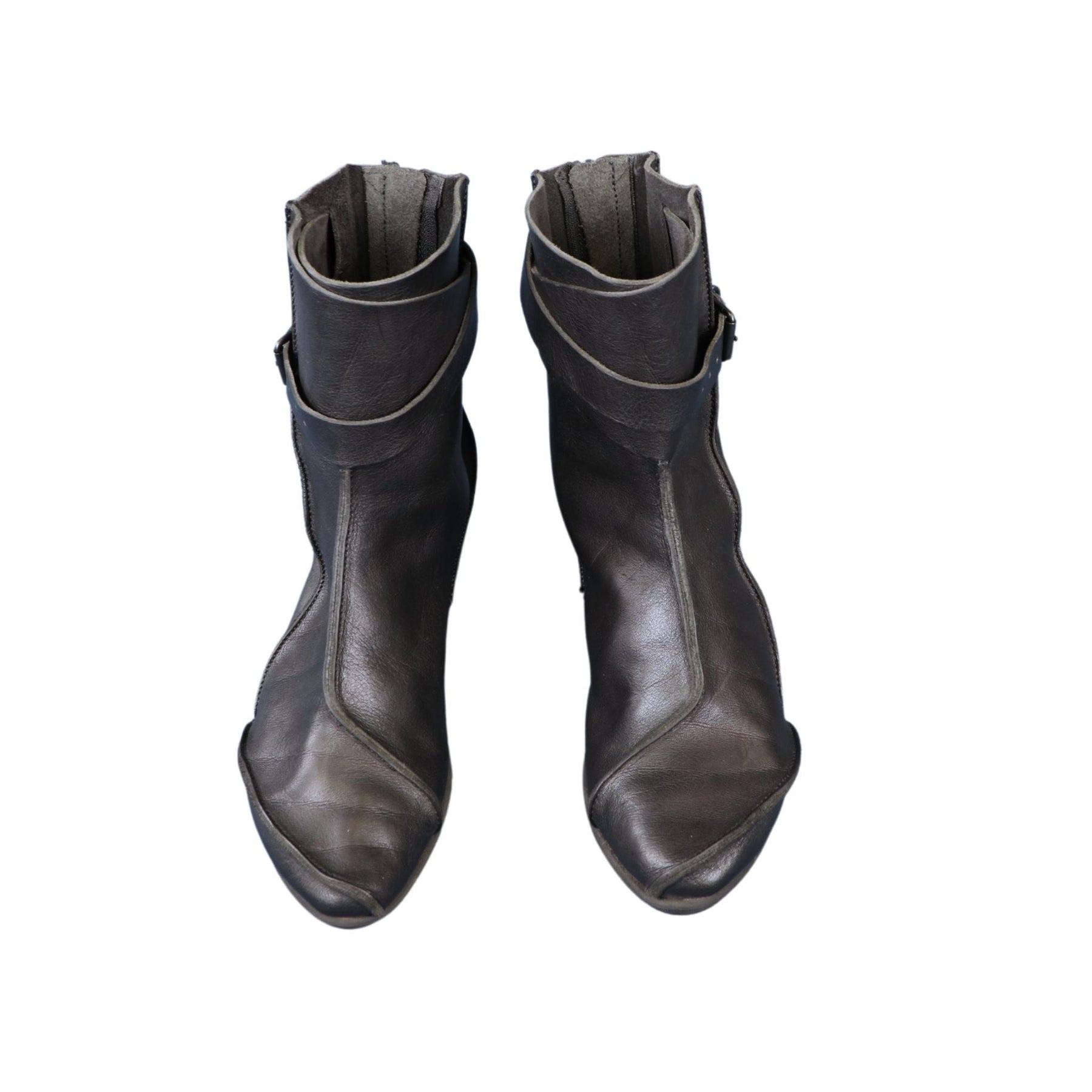The fashion industry ranks among the top polluters globally, with fast fashion contributing significantly to environmental degradation. When you choose second hand vintage clothes, you directly reduce demand for new production, which means fewer resources extracted, less energy consumed, and reduced carbon emissions. Each vintage piece you purchase represents a small but meaningful step toward sustainability.
Textile waste presents a massive environmental challenge, with millions of tons ending up in landfills annually. According to the Environmental Protection Agency, textiles make up about 5% of landfill space. By extending the life cycle of clothing through vintage shopping, you help break this wasteful cycle. The environmental math is simple: every pre-owned garment purchased is one less new item that needs to be manufactured and one less discarded piece heading to the trash.
Environmental Impact of Vintage Fashion
Mar 22

Unique Style and Individuality
Mass-produced modern fashion often results in seeing the same outfits everywhere you go. Vintage clothing offers genuinely unique pieces that few others will own, allowing your personal style to shine. From 1950s swing dresses to 1970s bell-bottoms or 1990s grunge flannel, vintage stores like Good Sammy Online Store offer one-of-a-kind treasures that set you apart from the crowd.
The craftsmanship and attention to detail in vintage clothing often surpass today's fast fashion standards. Hand-stitched seams, quality fabrics, and distinctive design elements tell stories of past eras and bring character to your wardrobe. When you wear vintage, you don't just wear clothes—you wear history, art, and cultural expressions that have stood the test of time. This authenticity creates a personal style statement impossible to replicate with contemporary mass-market fashion.
Cost-Effectiveness and Value
Despite their unique appeal and quality, second hand vintage clothes typically cost significantly less than new items of comparable quality. A well-made vintage wool coat might sell for a fraction of what a new designer coat would cost, despite offering similar or better craftsmanship. This value proposition makes high-quality fashion accessible to more people across different budget ranges.
Vintage clothing also tends to hold its value remarkably well. Unlike new items that depreciate the moment you remove the tags, quality vintage pieces can maintain or even increase in value over time. Some particularly rare or sought-after items become investment pieces. This financial stability makes vintage shopping not just a style choice but a smart economic decision. You can refresh your wardrobe, wear items for years, and sometimes sell them for close to what you paid—or occasionally even more.
Quality and Durability of Older Garments
The "they don't make them like they used to" saying rings especially true in clothing. Vintage garments have already proven their durability by surviving decades while maintaining their structure and appeal. Many older pieces were constructed with stronger stitching techniques, better fabric quality, and more careful attention to detail than today's mass-produced fast fashion.
Natural fibers like wool, cotton, silk, and linen dominate vintage collections, offering better breathability, comfort, and longevity than many modern synthetic blends. These materials age gracefully, often becoming softer and developing character over time without losing structural integrity. When you purchase a vintage item that has already lasted 30+ years, you can reasonably expect many more years of wear—making it a sustainable choice for your wardrobe and budget.
Social and Community Benefits
Buying second hand vintage clothes often supports local businesses, charities, and community initiatives rather than multinational corporations. Thrift stores frequently operate as non-profits or social enterprises, channeling proceeds into community programs, job training, and support services. Your vintage shopping habit can directly fund important social causes in your community.
The vintage shopping community itself offers social connections and shared experiences that online fast fashion can't match. Browsing through racks at vintage stores creates opportunities for conversations, discoveries, and relationships with like-minded individuals who value sustainability and unique style. This community aspect transforms shopping from a purely transactional experience into a social activity with cultural significance.
In conclusion, second hand vintage clothing offers multiple advantages that benefit your style, wallet, community, and planet. The unique character of vintage pieces allows for personal expression while their quality construction ensures longevity. By choosing pre-loved fashion, you participate in a more sustainable, ethical approach to style that reduces waste and supports local economies. The next time you need to refresh your wardrobe, consider the rich history and bright future that vintage shopping represents.
